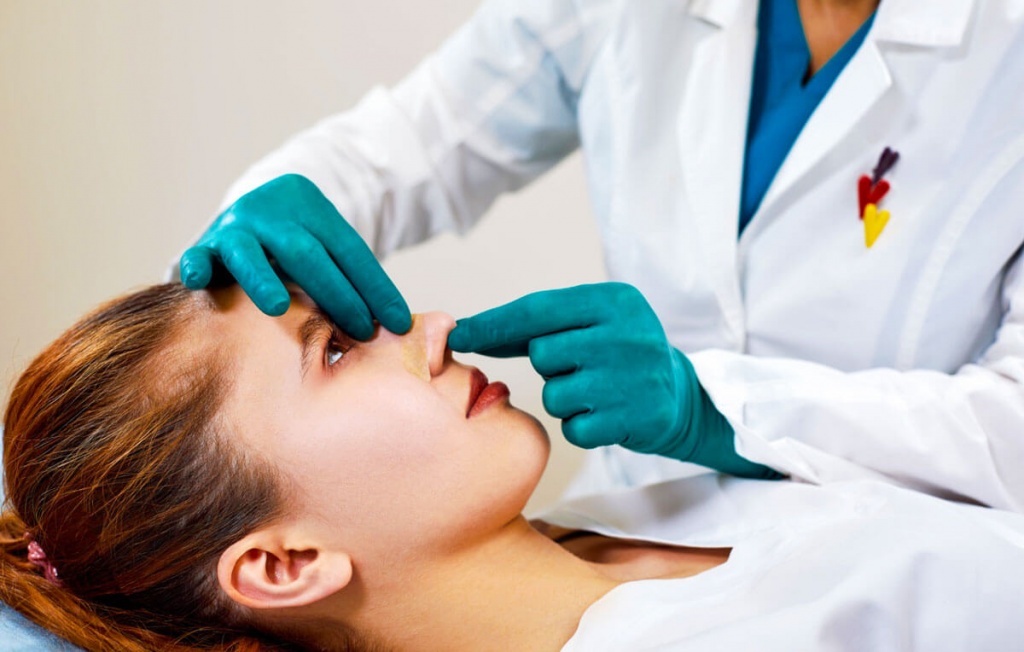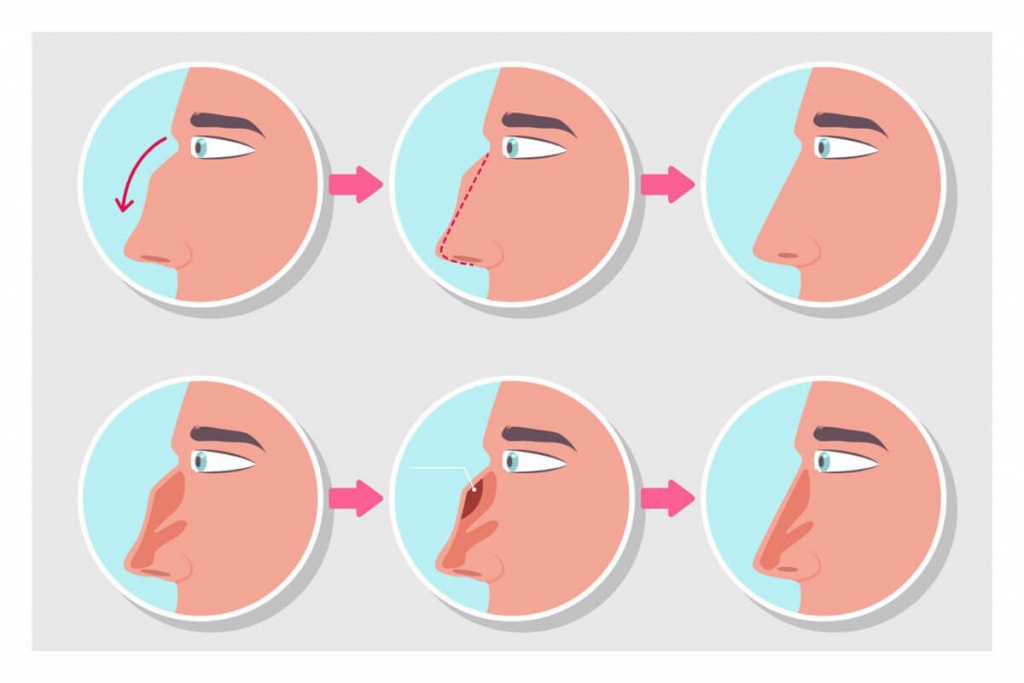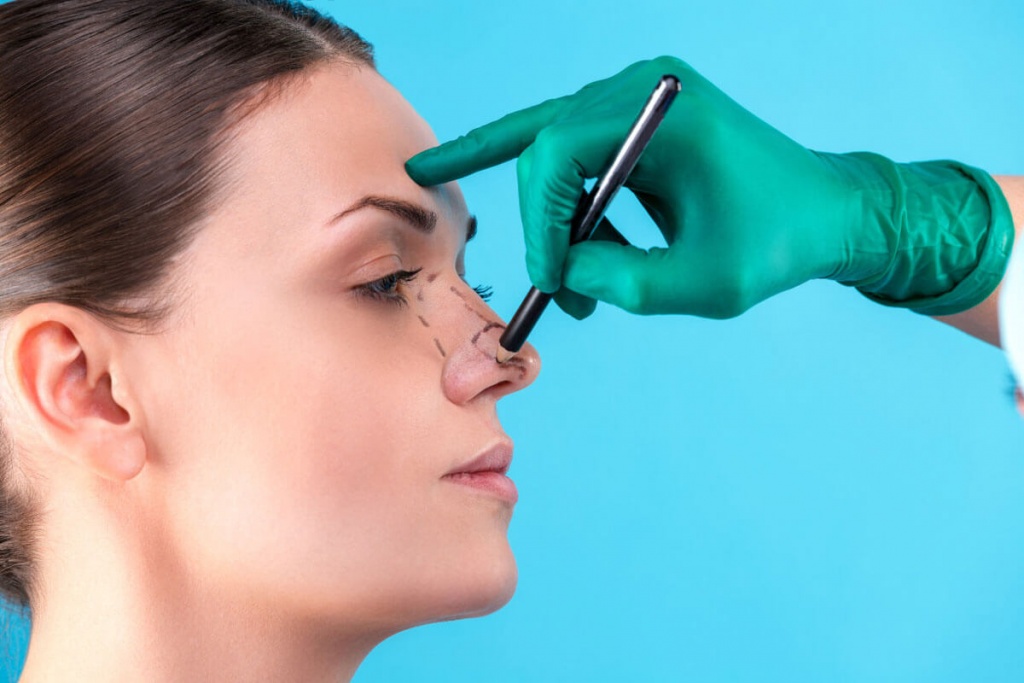RHINOPLASTY
Change your life and enjoy the most prominent aspects of beauty in the face by obtaining a rhinoplasty operation
WHAT IS RHINOPLASTY?
Rhinoplasty is small surgical cosmetic operation that intends to minimize the size of the nose, and treat any medical conditions such as (breathing problems – sinus problems) or any defects that the nose suffers from.
Rhinoplasty has a lot of techniques that varies depending on the case of the patient. The patient must be older than 18 years old to be a candidate for a Rhinoplasty operation, and his/her facial bones must be developed and complete.

TECHNIQUES USED IN RHINOPLASTY
There’re two main techniques used in the Rhinoplasty operation, one is the closed nose technique, the second is the open nose technique. In both, the doctors have to use general anesthesia.
- Closed nose: In this technique, the doctor makes an internal incision between the upper and lower cartilage to hide the cracks inside the nose. This technique takes less time and faster recovery period.
- Open nose: In this technique, the doctor makes an external incision through a tube. This technique is used in the cases aberrations and obvious deformities.

RHINOPLASTY STAGES
Anesthesia
The patient that is going for the Rhinoplasty gets general Anesthesia, then the doctor makes the incisions using one of the two techniques based on the patient.
Nose reshaping
This stage is considered the main stage of the Rhinoplasty process, where the doctors reshape the bones and cartilage of the nose as agreed upon with the patient before the operation.
Correction of the nose shape
In this stage the doctor closes the incisions made and installs the nasal splint, then all the patient has to do is to wait for the results.

POST- RHINOPLASTY TIPS
At this stage the patient should follow the instructions given by the doctor, in order to get the desired results with no complications. Some of these tips are:
- Take the medicines and antibiotics prescribed by your doctor regularly to avoid any infection.
- Use cold water compresses on your eyes and nose to reduce the swelling.
- Avoid violent activities until the wound is fully healed.
- Eat plenty of fiber-rich foods such as vegetables and fruits.
- Keep your head up for a few weeks after the operation.
